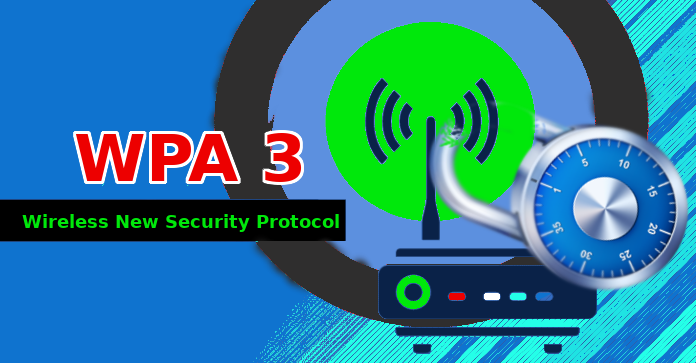You might very well recall the WPA2 (WiFi Protected Access II) protocol, which was in the headlines last year after the KRACK exploit was discovered, affecting nearly every WiFi-supported device.
T
here was a need for some changes in the protocol used to secure the WiFi networks. After more than a decade, the WiFi Alliance has released the next specification of the security protocol known as WPA3.The Alliance claims that WPA3 will improve wireless security even in the case of those users who didn’t meet the password complexity requirements.
Wireless networks protected using simple password are prone to brute-force attacks where hit and trial are done to guess the correct password. WPA3 would be able to block the authentication process after a few failed login attempts, thereby, preventing the brute-force attacks.
Another improvement that has arrived with the new security protocol is simplified process of configuring WP3-compatible devices which don’t have a proper user interface. These could be configured with the help of other devices, such as a smartphone.
WP3 strengthens the user security over open wireless networks, such as in airports and public cafes, by enabling individualized data encryption to secure the connection between the router and the end device. The protocol also includes a 192-bit security suite for the government, military, and industrial organizations with higher security requirements.
It would be in the coming months when we should start seeing WPA3-compatible WiFi-certified devices on the market. Regarding the fate of WPA2, the Alliance said that they’d “continue enhancing WPA2 to ensure it delivers strong security protections to WiFi users as the security landscape involves.” The fixes for the attack KRACK were software based, which might have reduced the severity of the situation. It could be a while until the Alliance continues to certify WPA2 devices.

